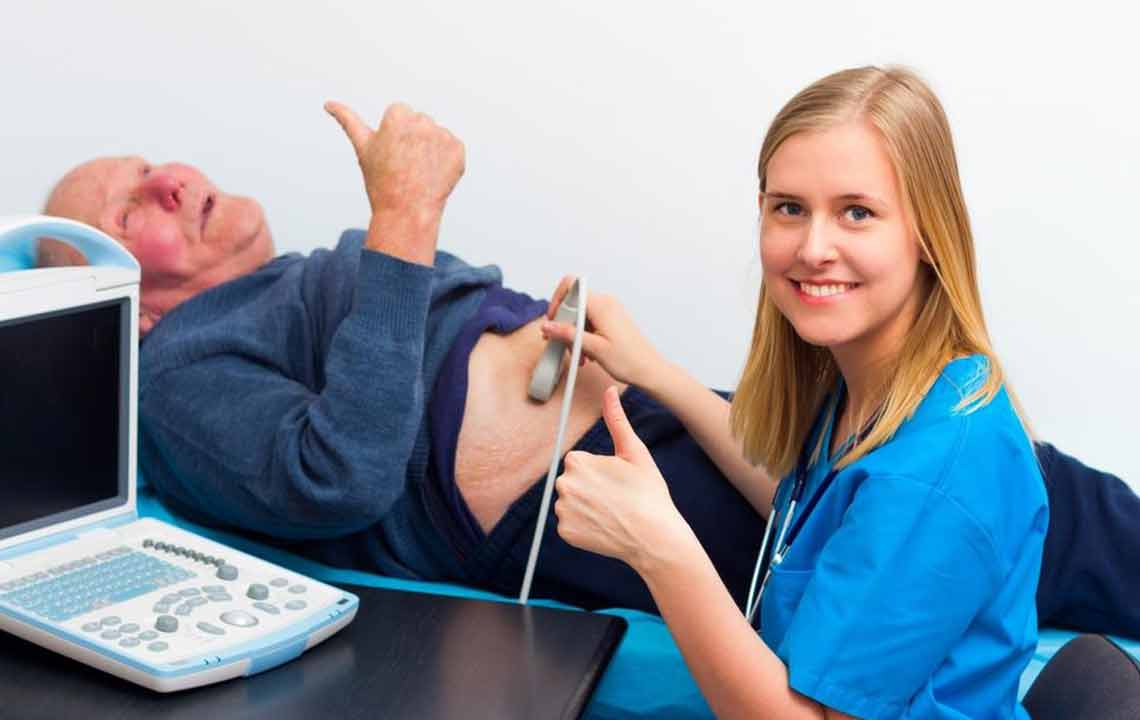Comprehensive Guide to Hernia Treatments and Management
Explore effective hernia treatment options including lifestyle changes, medications, exercises, and surgical methods. Early intervention is vital to prevent complications, with surgical procedures like open and laparoscopic repair offering long-term solutions. Consulting a healthcare provider is recommended for personalized treatment plans, emphasizing early detection and management to avoid severe health risks.
Sponsored

Effective Strategies for Hernia Relief
A hernia develops when internal organs or tissues protrude through a weak spot in the surrounding muscle or connective tissue. It most frequently appears in the abdominal region, where intestines push through the abdominal wall, but can also be found near the groin, belly button, or upper thigh. There are five primary hernia types based on the affected area:
Inguinal hernia - When the intestine pushes through the groin, this is the most prevalent hernia type.
Hiatal hernia - Occurs when the stomach bulges into the chest cavity via the diaphragm.
Umbilical hernia - Common in infants under six months, where intestines protrude near the navel.
Incisional hernia - Develops at surgical sites, with the bowel pushing through the weakened scar tissue.
Femoral hernia - Usually affects women, where fatty tissue or bowel protrudes through the upper inner thigh into the groin area.
Hernia Treatment Options
Timely management can alleviate discomfort and prevent complications. Lifestyle changes, medications, exercises, and surgery are among the most effective options.
Lifestyle adjustments: Modifying your diet, avoiding heavy meals, not lying down immediately after eating, maintaining a healthy weight, and steering clear of foods that cause acid reflux or smoking can help manage hernia symptoms. When these measures are insufficient, surgical intervention is often advised.
Medications: Over-the-counter remedies, like antacids, can reduce acid reflux, providing symptom relief for some hernia types.
Exercise routines: Certain exercises may support hernia management, such as lying on your back with elevated feet, gentle abdominal massage, or water-assisted movements. Consult your healthcare provider before starting any exercise program for hernia treatment.
Surgical procedures: Surgery becomes necessary if hernia size increases or causes significant pain. Typical procedures include open hernia repair, where an incision is made to push the organ back and stitch the weakened tissue, often reinforced with mesh, and laparoscopic surgery, involving small incisions and camera-guided repairs. Early detection and proper treatment are crucial, as untreated hernias can worsen or lead to severe health issues.
Always seek professional medical advice before beginning any treatment for a hernia to ensure the chosen method is appropriate for your condition.






